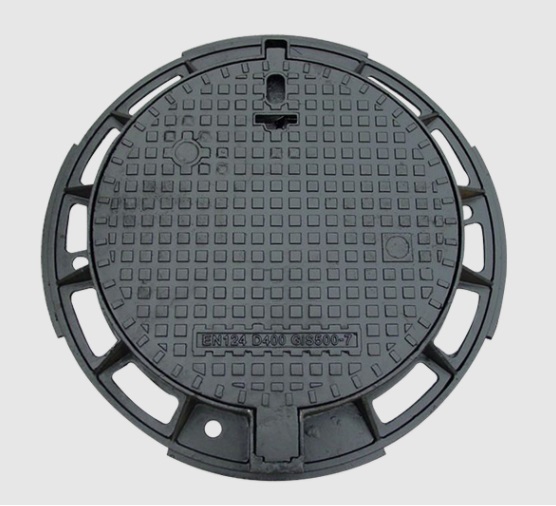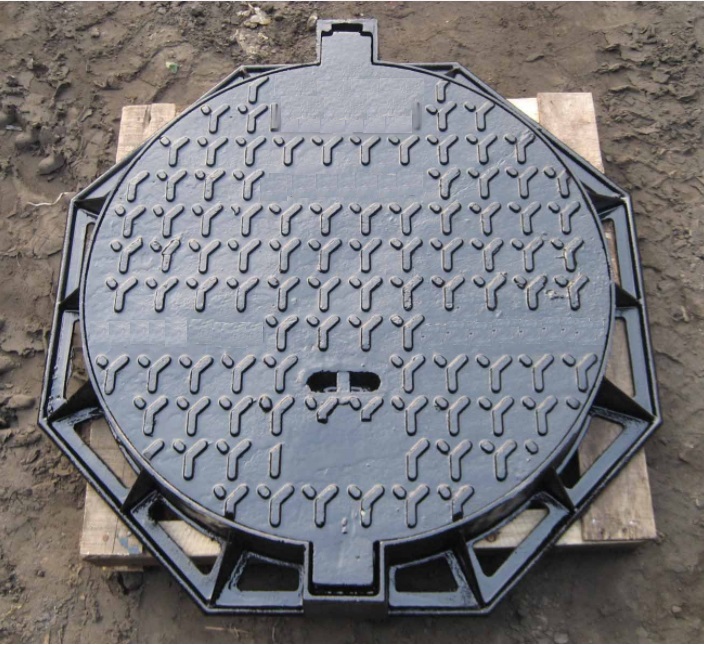Round Ductile Manhole Cover is made of ductile; mainly both the cover and frame is in round condition, we make the manhole cover on BS EN124, Mainly our products are A15, B125, C250 and D400, sometimes also make it E600 and F900 in case of need. For A15, B125, C250 and D400 Ductile Manhole Covers to be used in Green belt, Pavement, Auxiliary road, Main road and Express way. We make ductile manhole covers all by producing line, the quality is very good, and we warmly welcome customers all over the world to do business with us.


Ductile round manhole cover, Ductile Iron round manhole cover, Cast Iron round manhole cover, Ductile Manhole Cover
Runchun Casting (Zhoushan) Co., Ltd. , https://www.en124casting.com